We traded this snow for white sand beaches...
We left on the Friday of Presidents Day weekend, arriving
in San Jose del Cabo by 2:30pm. Customs and immigration was quick and
we were on the curb for our ride by 3. Our driver took 45 minutes to
arrive which was frustrating, but its hard to be bothered when you are
wearing shorts and flip flops. We were staying at resort row in San
Jose del Cabo just west of the San Jose Estuary so the drive didn't take
as long as going to Los Cabos. Along the way the best birds were a
ZONE-TAILED HAWK and the only PHAINOPEPLA of the trip. After arriving
at Royal Solaris, we checked in, went to our room, and headed to the
beach. I was excited to hear the raucous gulls as we approached, then
brought back to reality by the fact they were CALIFORNIA GULLS. They
were the most numerous gull seen during the weekend, and the vast
majority were 1st winter birds. I have always wondered where the
majority of 1st winter California Gulls from Utah go during the winter,
and wondered if "this it the place"...
The beach was great and the Pacific Ocean/Sea of Cortez
was warm enough to play in. The first BROWN PELICANS of the trip
coursed by, while several MAGNIFICENT FRIGATEBIRDS soared overhead. It
looked like it was going to be a good weekend.
Saturday
morning we headed to the beach to catch the sunrise. On the way out a
CACTUS WREN could be heard singing from the rooftop. For the rest of
the weekend this bird sang from sun up til sundown with little to no
rest. Out on the beach the CALIFORNIA GULL flock was present, and the
sunrise was spectacular.
1st winter California Gull
We spent the majority of the day
relaxing in the shade of a cabana on the beach. An OSPREY passed up and
down the coast a couple of times, while MAGNIFICENT FRIGATEBIRDS
occasionally appeared sailing overhead and out of sight. In the heat of
the afternoon we headed east down the beach towards the estuary. It was
about a mile but went rather quickly. I took a quick peek at the water
and could see AMERICAN COOTS, LESSER SCAUP, and RUDDY DUCKS. I headed to a patch of reeds and started pishing and was instantly rewarded with the only prolonged visual I had of a male BELDING'S YELLOWTHROAT all weekend.
The bird came out in the open for about a minute before disappearing back into the thick. My first lifer and endemic of the trip! There were few birds near the beach side in the middle of the day. Back at the beach we sat to watch the waves coming in. As I was watching the occasional Sting Ray jump and flutter before hitting the water again, I caught an awkward flapping a little ways out. I brought my camera up and exclaimed that it was a BOOBY! I have to watch that talk on the beach... I snapped a few shots and saw it hit the water in a dive--it was my lifer BLUE-FOOTED BOOBY. Two lifers in 15 minutes in a place where there were only 4 possible life birds to be had!
Endemic Belding's Yellowthroat
The bird came out in the open for about a minute before disappearing back into the thick. My first lifer and endemic of the trip! There were few birds near the beach side in the middle of the day. Back at the beach we sat to watch the waves coming in. As I was watching the occasional Sting Ray jump and flutter before hitting the water again, I caught an awkward flapping a little ways out. I brought my camera up and exclaimed that it was a BOOBY! I have to watch that talk on the beach... I snapped a few shots and saw it hit the water in a dive--it was my lifer BLUE-FOOTED BOOBY. Two lifers in 15 minutes in a place where there were only 4 possible life birds to be had!
Terrible record shot of a juvenile Blue-footed Booby
Walking back down the beach it was
ironic when we looked up the shore and noticed a couple of women
removing their tops--not sure what they were going for, but they didn't
seem to care that others were nearby. At that point Sam reminded me why I
shouldn't excitedly yell out that I saw a Booby!
The following day, the 17th, was Sam's birthday so I hadn't planned on doing much birding. We spent the majority of the day at the beach just relaxing, but by mid-afternoon I had the itch to get out and walk. I took off to the estuary while my beautiful wife enjoyed the sun some more. I made my way down the beach and first checked the estuary on the beach side. Same birds as the day before, plus a few COMMON GALLINULES. As I pished to try and coax out the yellowthroats again, I caught a flash of black and white fly by. The birds landed in the cattails, and I soon found myself looking at a pair of chestnut-colored WHITE-COLLARED SEEDEATERS.
I also followed around the few butterflies I saw here--my even nerdier side came out when I spotted some kind of Hairstreak, and then an endemic, Dorantes Long-tailed Skipper.
I wanted to go into the estuary but, I wasn't quite sure where to go--there appeared to be a path along the estuary on the west side, but I didn't know if it was safe or not, and I only saw locals coming and going to the beach from it. After 15 minutes of debating I said to hell with it and headed towards it. As I approached the Holiday Inn Resort there I flushed a handful of COMMON GROUND-DOVES. After letting them land I repositioned for some photos in great lighting.
Heading inland I soon found myself on a public street--the street in front of all the resorts. There I found the trail wrapped back along the estuary, where I ended up in birders paradise. It was amazing.
Gallinules and coots by the dozen. Frigatebirds, egrets, herons, and grebes. Teal, Redheads, Scaup, and Ruddy Ducks. Orioles, Wrens, Warblers, and Woodpeckers. Osprey, Kingbirds, Kingfishers, and Cormorants. The birds were everywhere, and they wanted to be photographed!
As I headed along the trail it became apparent this was a safe area. Lots of tourists were walking down the path. The birds just moved aside when the walkers past, and in no time were back to where they were feeding. Several people stopped to ask what I was doing, and I showed one couple form Canada their first ever HOODED ORIOLE.
I spent a couple hours here, just in awe of how cooperative the birds were. I lost track of time photographing everything and anything. A pair of DOUBLE-CRESTED CORMORANTS took up a good 30 minutes in awesome evening light.
Finally I headed back to the hotel via the street so the walk was easier. I knew where I would be coming both of the following days when I had some free time.
Monday the 18th we had booked a Whale Watching trip out of Cabo. The driver picked us up after breakfast and we headed west to the marina. I both enjoyed and regretted the trip we took. It was awesome in the respect that we saw almost a dozen whales. But it was terrible in the fact that more than 20 of us were stuffed on a Zodiac, making it impossible to get comfortable, or setup for the shot you want. But in the end the # of whales really was awesome and they put on a show. On the way out a GREEN HERON flew across the marina. MAGNIFICENT FRIGATEBIRDS were a constant sight the entire boat ride.
Along the beach leading out to The Arch at Lands End in Cabo, I finally saw some different gulls. RING-BILLED, HERRING, and WESTERN GULL could all be seen from the boat.
Both Double-crested Cormorants and there sea faring cousins BRANDT'S CORMORANT were seen up close.
And the BROWN PELICANS were abundant here, on every dock, rock, boat, and post.
Just about the time the boat headed out to the open water, I spotted a BROWN BOOBY flying by. The ride was so fast and bumpy, I only got crappy blurred flight shots--although better than the Blue-footed Booby shots from earlier.
Once we found the whales, it was 2 hours of great views--I had hoped for a full breach, but only got a few head breaches. It wasn't till we were almost ready to head back that I actually got a good breach shot of a HUMPBACK WHALE.
Most of the pictures I took were tail shots, which are pretty cool in their own right.
And every once in a while when the whales spouted, the mist appeared as a rainbow.
We headed back in and had lunch in Cabo before catching a ride back to San Jose. We immediately went to the beach where I hung out until 3:30 before deciding to head back down to the estuary. Sam stayed to enjoy the sun again. This time I hoofed it down the street to save time. Between the Grand Mayan and the Holiday Inn there is a lot used to corral horses. There is one big brush pile right near the road that I thought looked good for a thrasher, so I whipped out my phone and played Gray Thrasher. I hadn't even gotten through 3 notes when out of the middle of the pile, an endemic GRAY THRASHER bolted to an open fence post.
My 3rd lifer of the trip, and the 2nd of 3 endemics. After taking photos for a couple minutes I started to walk, and only got 15 feet before the ground started exploding in front of me. Ground-Doves were everywhere. After flushing a few more I finally spotted a couple RUDDY GROUND-DOVES off on a wall by themselves.
I finally made it back to the estuary where the birds were every bit as raucous as they were the day before. I made a quick stop to admire the BLUE-WINGED TEAL sporting their alternate colors. It was nice to see so many up close.
I headed inland along the trail, eventually I came across a gorgeous TRICOLORED HERON that I just watched from 5 to 10 feet away for a good 15 minutes. I had seen this species in the U.S. and Costa Rica, but never so close.
The HOODED ORIOLE were as cooperative as the previous day. I came across a small flock of WHITE-CROWNED SPARROWS that would soon be headed back north. The same with the MACGILLIVRAY's, ORANGE-CROWNED, and YELLOW-RUMPED WARBLER. I stopped to sit and admire the calm water in the canal along the west edge of the estuary, and watched a scaup get closer and closer. Pretty soon it was right in front of me, and was about the closest I've ever been to a GREATER SCAUP.
I didn't think too much of it, but I guess this is a rarity here, so that was nice. I shot some video before heading further inland and coming to an opening into a marsh. Here the birds were thick. The trees on the far edge of the water were filled with CASSIN'S and TROPICAL KINGBIRDS, and HOODED ORIOLES. As I watched another TRICOLORED HERON came right in and landed in front of me. I obliged it and took a bunch of photos of the very close bird.
I finally headed back still missing the last endemic of Baja--the Xantus's Hummingbird. I figured I needed to go to where the flowers were, so figured I would walk the streets of San Jose the next morning and see what I turn up.
On Tuesday the 19th we were heading back to Salt Lake. I got up to go watch the last sunrise. It was a pink one and the best of the days we were there.
Afterwards I headed off toward the estuary, figuring I would just walk the streets with lots of flowers to see what I could find. I took the last major street paralleling the estuary and followed it inland. The wind was blowing, but I was determined. All the birds I had become used to seeing an hearing were present. After a while I finally I spotted a flyover hummingbird that was back lit. Was it a Costa's or Xantus's? Damn! I had my camera in its bag since I was walking down a city street. AS I approached a bus stop with about 20 people waiting, I looked to the vacant lot behind the bus stop. There, not 10 feet from the road, at eye level, on wire, was a gorgeous XANTUS'S HUMMINGBIRD.
I stopped midstep and just stared at the bird. What do I do? Should I grab my camera and try to get a picture, or just enjoy the moment. I was nervous grabbing my DSLR out near so many people. I opted to leave it in the bag, and after watching the bird for about 15 more seconds, it flew off and out of sight. I thought it was a good sign though and I would surely see more!
I was surely wrong. I spent another hour wandering the streets along the estuary, and did see two more hummingbirds--both were COSTA'S HUMMINGBIRDS, a bird I saw a week later in southern Utah!
I walked the path along the estuary back towards the beach one last time. I made it back to the hotel, had breakfast, and enjoyed a few hours in the sun, before we packed up, checked out, and were back at the airport fr our return home. And less than 3 hours after we took off we were back in Salt Lake collecting our bags.
It was a great short little trip and opened my eyes to the possibilities of birding in Cabo--plus I added 4 life birds including all 3 endemics from Baja. I felt like I could drive while there, so it would be possible to rent a car, and do a little more in depth birding on a future trip--after all I still need photos of a Xantus's Hummingbird. If you need a weekend getaway during the winter, Cabo is a relatively inexpensive place to go to, and there are plenty of birds for any type of birder to enjoy!
The following day, the 17th, was Sam's birthday so I hadn't planned on doing much birding. We spent the majority of the day at the beach just relaxing, but by mid-afternoon I had the itch to get out and walk. I took off to the estuary while my beautiful wife enjoyed the sun some more. I made my way down the beach and first checked the estuary on the beach side. Same birds as the day before, plus a few COMMON GALLINULES. As I pished to try and coax out the yellowthroats again, I caught a flash of black and white fly by. The birds landed in the cattails, and I soon found myself looking at a pair of chestnut-colored WHITE-COLLARED SEEDEATERS.
A cinnamon/chestnut White-collared Seedeater
I also followed around the few butterflies I saw here--my even nerdier side came out when I spotted some kind of Hairstreak, and then an endemic, Dorantes Long-tailed Skipper.
An endemic Dorantes Long-tailed Skipper
Stunning view of a Common Ground-Dove
A sign at the estuary talking about the birds.
Common Gallinules were abundant in the Estuary
Couldn't have asked for better light to photograph this Hooded Oriole
I spent a couple hours here, just in awe of how cooperative the birds were. I lost track of time photographing everything and anything. A pair of DOUBLE-CRESTED CORMORANTS took up a good 30 minutes in awesome evening light.
Awesome pose by a Double-crested Cormorant
Monday the 18th we had booked a Whale Watching trip out of Cabo. The driver picked us up after breakfast and we headed west to the marina. I both enjoyed and regretted the trip we took. It was awesome in the respect that we saw almost a dozen whales. But it was terrible in the fact that more than 20 of us were stuffed on a Zodiac, making it impossible to get comfortable, or setup for the shot you want. But in the end the # of whales really was awesome and they put on a show. On the way out a GREEN HERON flew across the marina. MAGNIFICENT FRIGATEBIRDS were a constant sight the entire boat ride.
Magnificent Frigatebird above the boat
Along the beach leading out to The Arch at Lands End in Cabo, I finally saw some different gulls. RING-BILLED, HERRING, and WESTERN GULL could all be seen from the boat.
The Arch at Lands End
Both Double-crested Cormorants and there sea faring cousins BRANDT'S CORMORANT were seen up close.
Brandt's Cormorant on the rocks
And the BROWN PELICANS were abundant here, on every dock, rock, boat, and post.
I never get tired of Brown Pelicans
Fly-by Brown Booby from the Zodiac
Once we found the whales, it was 2 hours of great views--I had hoped for a full breach, but only got a few head breaches. It wasn't till we were almost ready to head back that I actually got a good breach shot of a HUMPBACK WHALE.
Most of the pictures I took were tail shots, which are pretty cool in their own right.
And every once in a while when the whales spouted, the mist appeared as a rainbow.
We headed back in and had lunch in Cabo before catching a ride back to San Jose. We immediately went to the beach where I hung out until 3:30 before deciding to head back down to the estuary. Sam stayed to enjoy the sun again. This time I hoofed it down the street to save time. Between the Grand Mayan and the Holiday Inn there is a lot used to corral horses. There is one big brush pile right near the road that I thought looked good for a thrasher, so I whipped out my phone and played Gray Thrasher. I hadn't even gotten through 3 notes when out of the middle of the pile, an endemic GRAY THRASHER bolted to an open fence post.
My lifer and an endemic Gray Thrasher
My 3rd lifer of the trip, and the 2nd of 3 endemics. After taking photos for a couple minutes I started to walk, and only got 15 feet before the ground started exploding in front of me. Ground-Doves were everywhere. After flushing a few more I finally spotted a couple RUDDY GROUND-DOVES off on a wall by themselves.
Flock of Ruddy Ground-Doves
Blue-winged Teal in full formal attire
I headed inland along the trail, eventually I came across a gorgeous TRICOLORED HERON that I just watched from 5 to 10 feet away for a good 15 minutes. I had seen this species in the U.S. and Costa Rica, but never so close.
Tricolored Heron in the shallows
The HOODED ORIOLE were as cooperative as the previous day. I came across a small flock of WHITE-CROWNED SPARROWS that would soon be headed back north. The same with the MACGILLIVRAY's, ORANGE-CROWNED, and YELLOW-RUMPED WARBLER. I stopped to sit and admire the calm water in the canal along the west edge of the estuary, and watched a scaup get closer and closer. Pretty soon it was right in front of me, and was about the closest I've ever been to a GREATER SCAUP.
Greater Scaup are rare here according to eBird and Sibley
I didn't think too much of it, but I guess this is a rarity here, so that was nice. I shot some video before heading further inland and coming to an opening into a marsh. Here the birds were thick. The trees on the far edge of the water were filled with CASSIN'S and TROPICAL KINGBIRDS, and HOODED ORIOLES. As I watched another TRICOLORED HERON came right in and landed in front of me. I obliged it and took a bunch of photos of the very close bird.
Close-up head shot of a Tricolored Heron
I finally headed back still missing the last endemic of Baja--the Xantus's Hummingbird. I figured I needed to go to where the flowers were, so figured I would walk the streets of San Jose the next morning and see what I turn up.
On Tuesday the 19th we were heading back to Salt Lake. I got up to go watch the last sunrise. It was a pink one and the best of the days we were there.
The final sunrise over the Gulf of California
Afterwards I headed off toward the estuary, figuring I would just walk the streets with lots of flowers to see what I could find. I took the last major street paralleling the estuary and followed it inland. The wind was blowing, but I was determined. All the birds I had become used to seeing an hearing were present. After a while I finally I spotted a flyover hummingbird that was back lit. Was it a Costa's or Xantus's? Damn! I had my camera in its bag since I was walking down a city street. AS I approached a bus stop with about 20 people waiting, I looked to the vacant lot behind the bus stop. There, not 10 feet from the road, at eye level, on wire, was a gorgeous XANTUS'S HUMMINGBIRD.
I stopped midstep and just stared at the bird. What do I do? Should I grab my camera and try to get a picture, or just enjoy the moment. I was nervous grabbing my DSLR out near so many people. I opted to leave it in the bag, and after watching the bird for about 15 more seconds, it flew off and out of sight. I thought it was a good sign though and I would surely see more!
I was surely wrong. I spent another hour wandering the streets along the estuary, and did see two more hummingbirds--both were COSTA'S HUMMINGBIRDS, a bird I saw a week later in southern Utah!
Consolation Costa's Hummingbird
Point of the Mountain in Salt Lake County
Labels: Cabo, endemics, life birds, listing, Mexico, ocean, Travel, trip reports
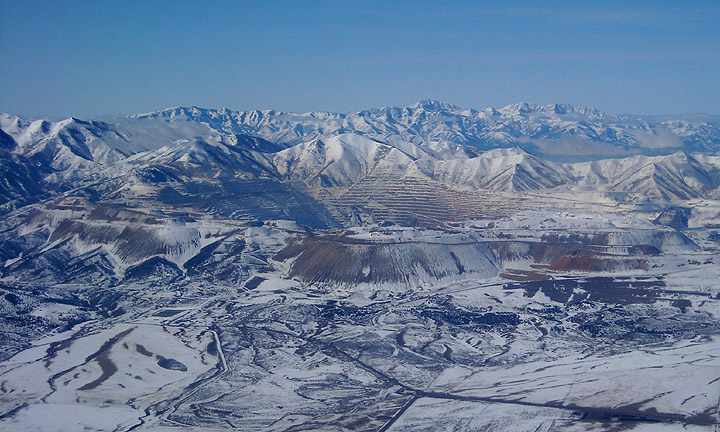
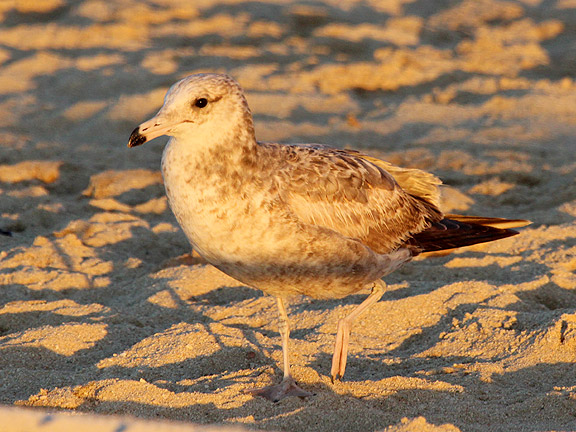
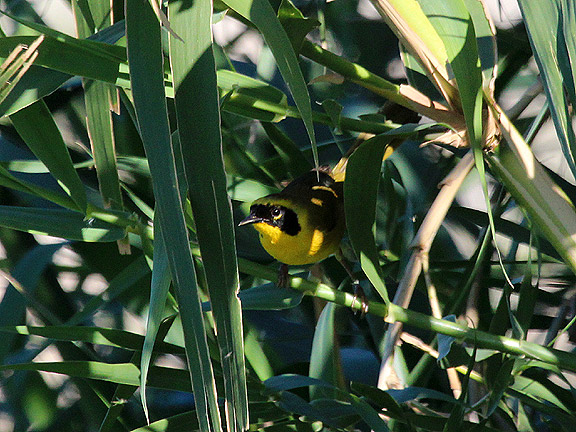

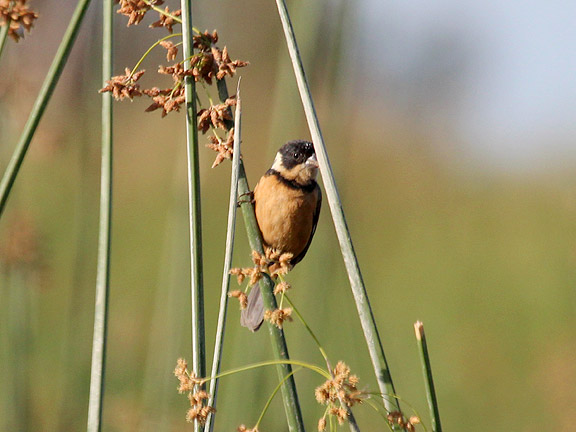
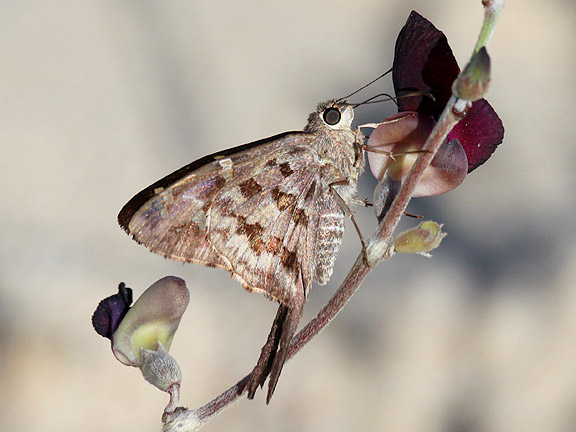
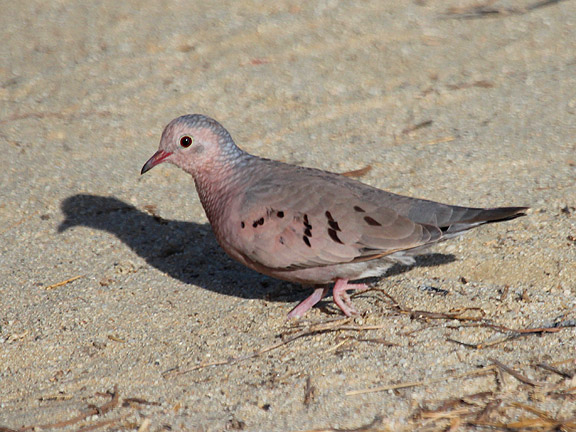
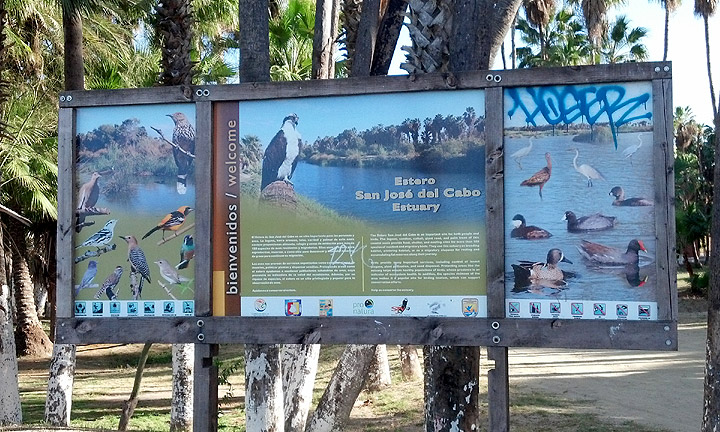
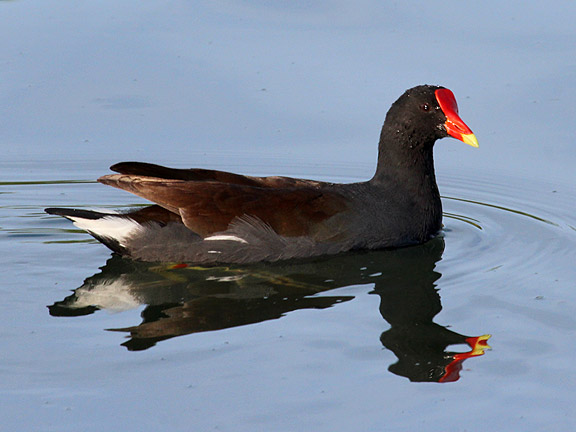
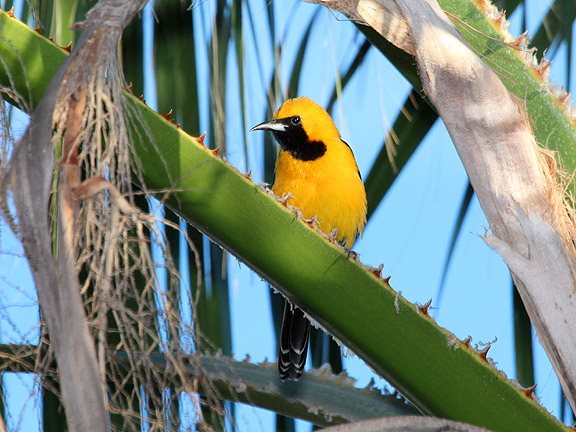
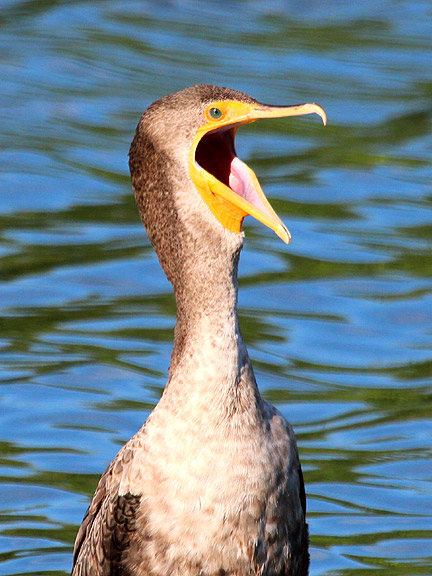
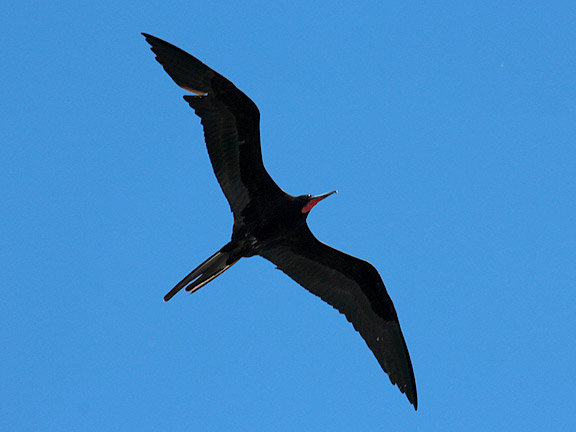
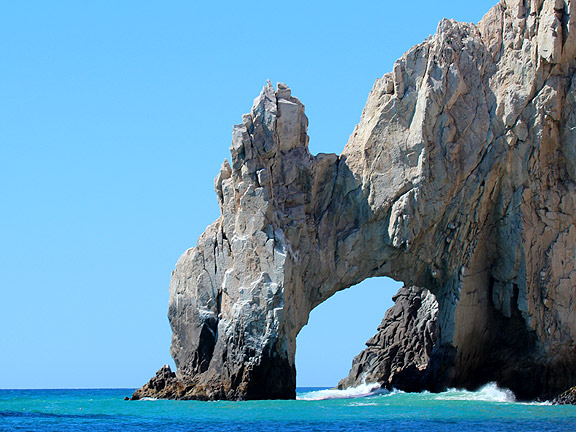
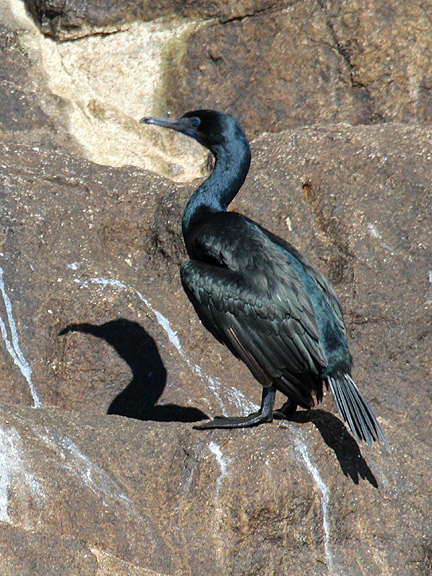
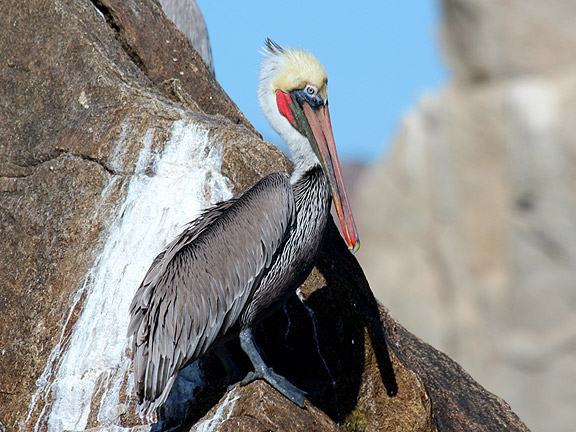
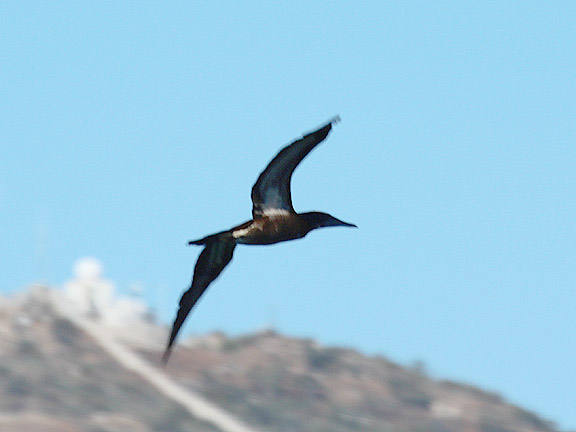
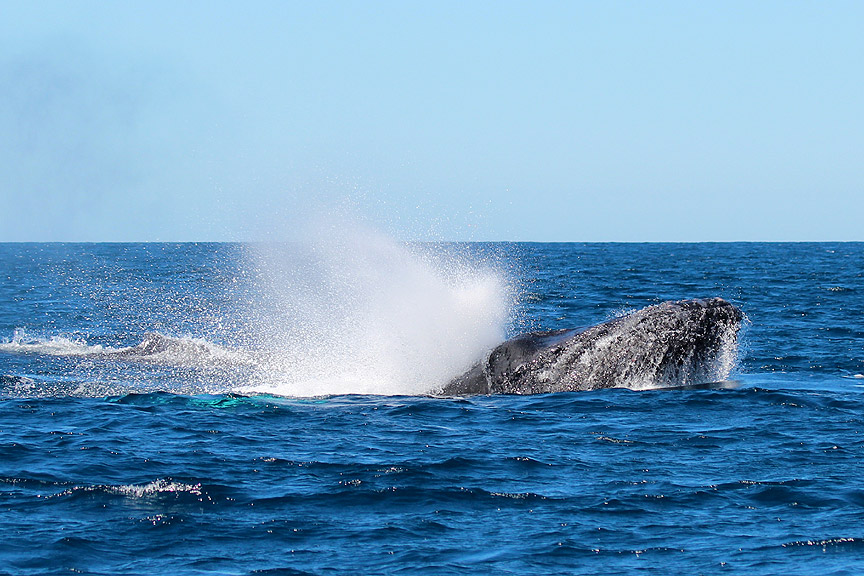
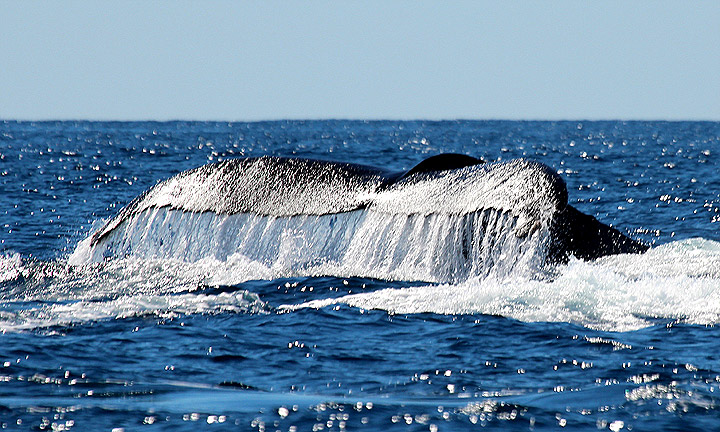
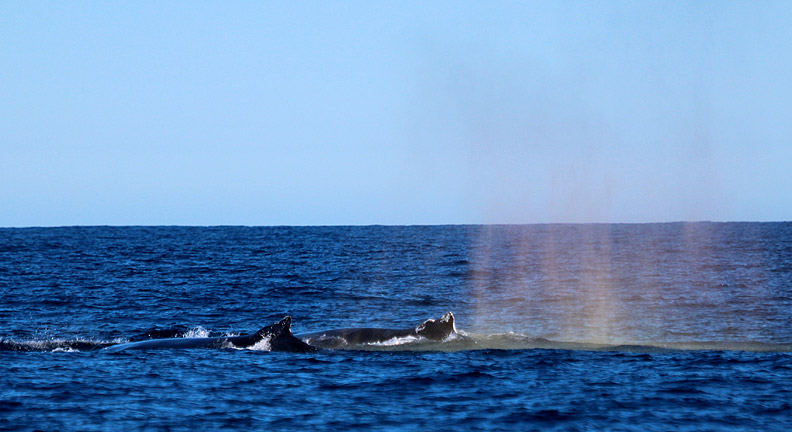

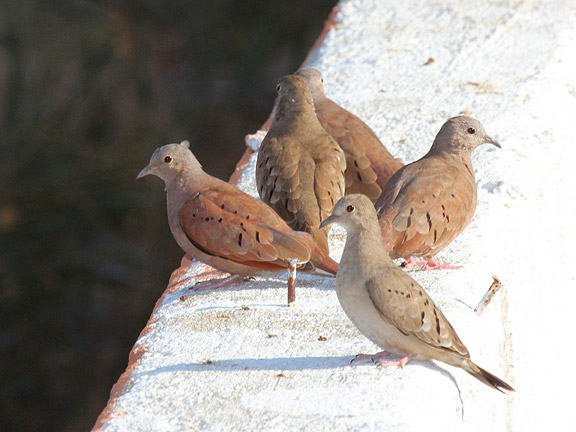

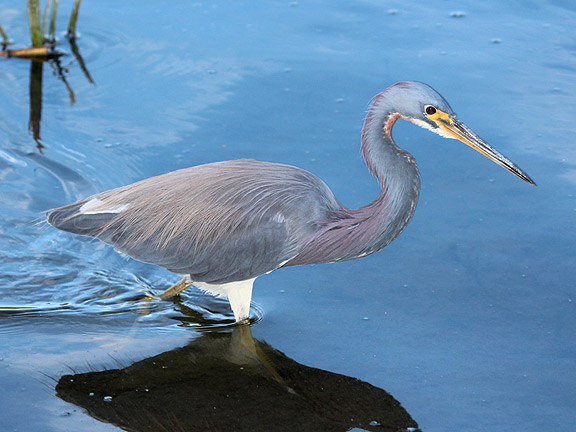

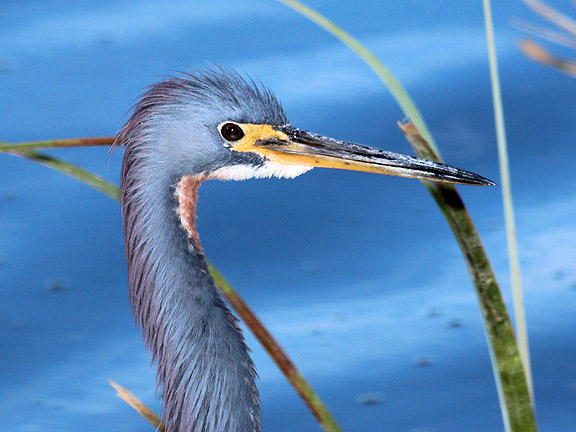

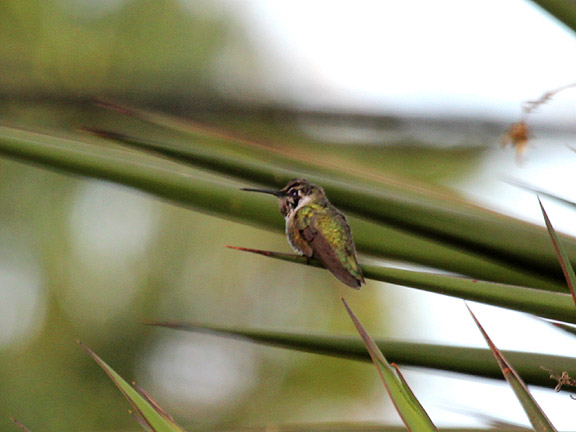


6 Comments:
Great pictures! I especially love the tricolored heron shots. Now I'm thinking of surprising my non-birding husband with a quick trip to Cabo.
@Amy: Thanks! The heron shot are my favorites as well! The best thing about Cabo is you can go birding and do a lot of other touristy stuff to keep the non-birders happy. Just make sure you stay in San Jose del Cabo to be close to the birding!
It was an amazing reflective pictures and this blog is a great source of information that is useful.Thanks for sharing...
gr solaris cancun
Found your blog tonight surfing the net on birding in Cabo as I am going there in a few weeks. Great pictures! What type of camera and lens do you use? I have a 300mm with a 1.4 extender. Any tips you are to share?
@Beth: Thanks! On that trip I think I brought the lightweight Canon t3i with Canon 100-400mm, and 580ex II flash--I only brought a carry on for the trip so had to be able to pack my camera and lens instead of having a bag devoted to my camera gear. The 300 + 1.4 should be just fine for here. Definitely take a walk along the estuary at least once--GREAT PHOTO OPS!
Hi! Thanks for the great information you havr provided! You have touched on crucuial points!
Cabo San Lucas yacht Rentals
Post a Comment
Subscribe to Post Comments [Atom]
<< Back to Previous